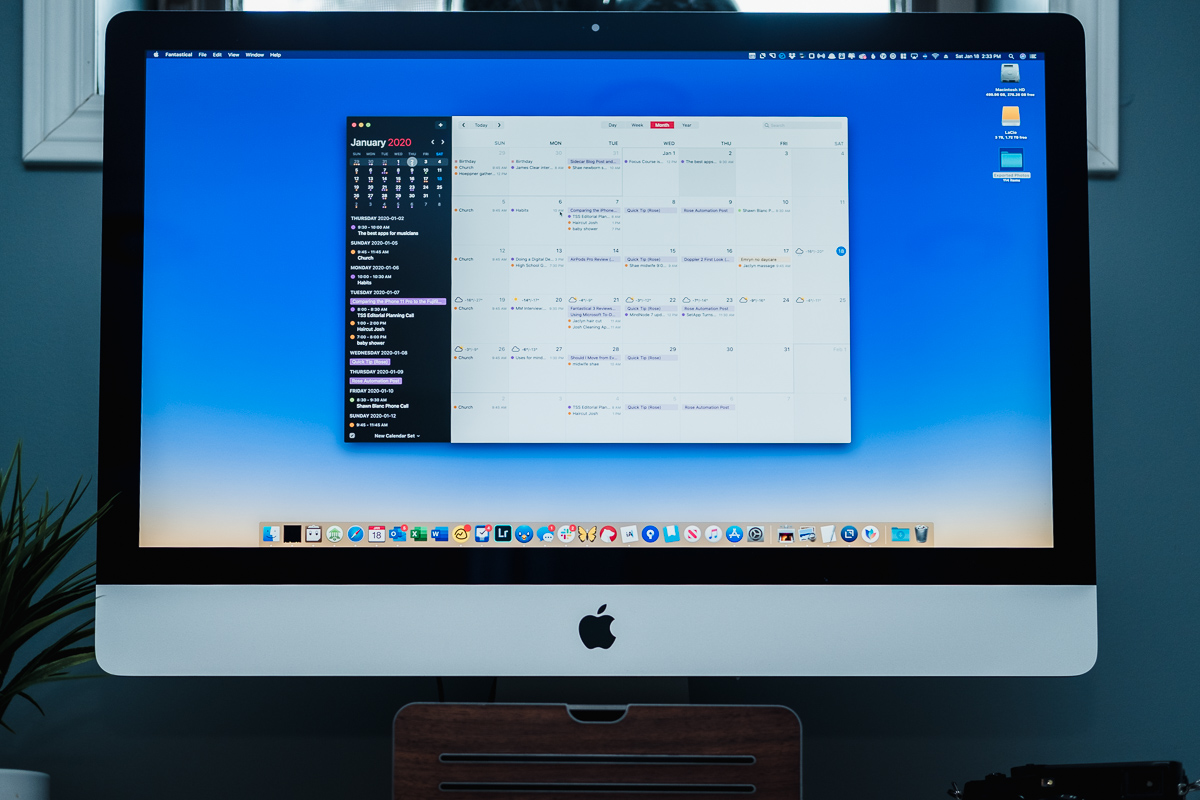- Mac OS You can use the ping command to verify the connectivity between two network devices that are IP (Internet Protocol) based. To ping a network device using a system that is running OSX, complete the following: Click Applications Utilities Terminal.
- Max OS X Lion lets you ping a printer to ensure the device is recognized on the network and responding. Business owners can use Network Utility to troubleshoot printer problems and determine if an.
- @arutaku, I'm using Mac OS – user1687717 Jan 21 '13 at 13:34. So don't use 'linux' tag then. – Jens Erat Jan 21 '13 at 13:36. Add a comment 7 Answers Active Oldest Votes. You need to use the option -n1 with xargs to pass one IP at time as ping doesn't support multiple IPs: $ cat ips xargs -n1 ping -c 2.
PINN (PINN is not NOOBS) An enhanced Operating System installer for the Raspberry Pi PINN is a version of the NOOBS Operating System Installer for the Raspberry Pi with the following additional features. How To: Ping in Mac OS X Terminal Ping is a quick test of network connectivity between one host and another. Use ping to troubleshoot basic network connectivity issues. Ping allows you to send a network packet to another device in an attempt to solicit a response to confirm if a device is online or not.
Test a network connection. Nine lives - demo mac os.
When using ping for fault isolation, it should first be run on the local host, to verify that the local network interface is up and running. Then, hosts and gateways further and further away should be 'pinged'.

By default macOS has 'stealth mode' turned on that will block pings to localhost. To turn off Stealth mode so that you can test pinging localhost, go to System Preferences, Security & Privacy, Firewall, Firewall Options and untick Enable Stealth Mode
Ping is intended for use in network testing, measurement and management. Because of the load it can impose on the network, it is unwise to use ping during normal operations or from automated scripts.
Ping Pong Mac Os Catalina
Flood Ping
For every ECHO_REQUEST sent a period '.' is printed, while for every ECHO_REPLY received a backspace is printed. This provides a rapid display of how many packets are being dropped. Only the super-user can use this option. This can be very hard on a network and should be used with caution.
Round-trip times and packet loss statistics are computed. If duplicate packets are received, they are not included in the packet loss calculation, although the round trip time of these packets is used in calculating the minimum/average/maximum round-trip time numbers. When the specified number of packets have been sent (and received) or if the program is terminated with a SIGINT, a brief summary is displayed.
Flood pinging is not recommended in general, and flood pinging the broadcast address should only be done under very controlled conditions.
ICMP Packet Details
An IP header without options is 20 bytes. An ICMP ECHO_REQUEST packet contains an additional 8 bytes worth of ICMP header followed by an arbitrary amount of data. When a packetsize is given, this indicated the size of this extra piece of data (the default is 56). Thus the amount of data received inside of an IP packet of type ICMP ECHO_REPLY will always be 8 bytes more than the requested data space (the ICMP header).
Ping Pong Mac Os Download
If the data space is at least eight bytes large, ping uses the first eight bytes of this space to include a timestamp which it uses in the computation of round trip times. If less than eight bytes of pad are specified, no round trip times are given.
Duplicate and Damaged Packets
Ping Pong Mac Os Pro
Ping will report duplicate and damaged packets.
Duplicate packets are rarely; if ever; a good sign, although the presence of low levels of duplicates might not always be cause for alarm.
Damaged packets are a serious cause for alarm and often indicate broken hardware somewhere in the ping packet's path (in the network or in the hosts).

By default macOS has 'stealth mode' turned on that will block pings to localhost. To turn off Stealth mode so that you can test pinging localhost, go to System Preferences, Security & Privacy, Firewall, Firewall Options and untick Enable Stealth Mode
Ping is intended for use in network testing, measurement and management. Because of the load it can impose on the network, it is unwise to use ping during normal operations or from automated scripts.
Ping Pong Mac Os Catalina
Flood Ping
For every ECHO_REQUEST sent a period '.' is printed, while for every ECHO_REPLY received a backspace is printed. This provides a rapid display of how many packets are being dropped. Only the super-user can use this option. This can be very hard on a network and should be used with caution.
Round-trip times and packet loss statistics are computed. If duplicate packets are received, they are not included in the packet loss calculation, although the round trip time of these packets is used in calculating the minimum/average/maximum round-trip time numbers. When the specified number of packets have been sent (and received) or if the program is terminated with a SIGINT, a brief summary is displayed.
Flood pinging is not recommended in general, and flood pinging the broadcast address should only be done under very controlled conditions.
ICMP Packet Details
An IP header without options is 20 bytes. An ICMP ECHO_REQUEST packet contains an additional 8 bytes worth of ICMP header followed by an arbitrary amount of data. When a packetsize is given, this indicated the size of this extra piece of data (the default is 56). Thus the amount of data received inside of an IP packet of type ICMP ECHO_REPLY will always be 8 bytes more than the requested data space (the ICMP header).
Ping Pong Mac Os Download
If the data space is at least eight bytes large, ping uses the first eight bytes of this space to include a timestamp which it uses in the computation of round trip times. If less than eight bytes of pad are specified, no round trip times are given.
Duplicate and Damaged Packets
Ping Pong Mac Os Pro
Ping will report duplicate and damaged packets.
Duplicate packets are rarely; if ever; a good sign, although the presence of low levels of duplicates might not always be cause for alarm.
Damaged packets are a serious cause for alarm and often indicate broken hardware somewhere in the ping packet's path (in the network or in the hosts).
Different Data Patterns
The (inter)network layer should never treat packets differently depending on the data contained in the data portion. Unfortunately, ~ Spike Milligan
Ping Pong Mac Os X
Related macOS commands:
netstat - show network status.
ifconfig - configure network interface parameters.
ipconfig - View and control IP configuration state.
routed - network RIP and router discovery routing daemon.
scselect - Switch between network locations.
Some rights reserved

